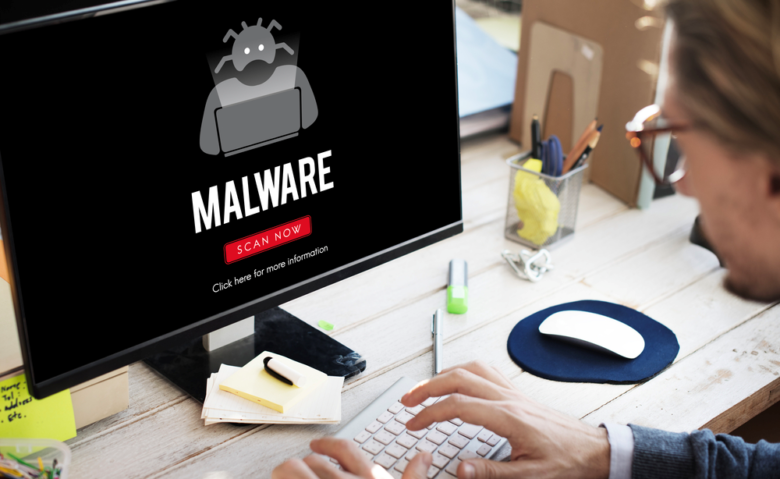Digital tools and software have become a central component of day-to-day operations for many businesses and organizations. Of course, with any benefits, you’re bound to see some drawbacks.
In particular, businesses with critical IT infrastructure are routinely at risk of experiencing network attacks from cybercriminals and other malicious actors. Indeed, cyber threats are a real danger to companies operating with critical digital assets.
But understanding malware and the need to protect yourself from it is an important step in the ongoing fight against cyber threats.
What Is Malware?
The digital landscape is constantly changing. Cybercriminals are routinely on the lookout for exploits and security vulnerabilities to use in order to gain access to restricted information or infect networks with malicious code. Malware, short for “malicious software,” is the use of programs specifically created to access, distribute, or destroy private data.
To protect their data from malicious attacks, IT leaders should:
- Deploy a website malware checker, a URL malware scanner, and other tools.
- Scan websites for malware.
- Pinpoint potential vulnerabilities.
- Continuously improve network security.
Additionally, IT leaders and small-business owners should be on the lookout for potential security flaws and vulnerabilities to ensure they don’t become yet another victim of a malware attack.
Why Should Malware Be Removed?
Malware presents critical vulnerabilities to users of which IT managers and small-business owners should be aware. If IT infrastructure becomes infected with viruses for the monitoring, theft, or destruction of information, infrastructure operators can see service disruptions and compromised user data. This can result in potential legal liabilities and damage to their reputations.
Malware is a critical threat that should be immediately removed from any system. When you scan sites for malware, you can address the problem. Eliminating malware means safer workflows for employees and clients, reliable data and network services, and compliant data management processes.
Here are three tips to help combat malware:
1. Secure Network Architecture
Businesses that use shared data and resources across multiple channels are prone to attacks on their digital ecosystems. This vulnerability can lead to reduced safety and limited oversight over how data is used and where it’s going. By tracking and eliminating potential malware via a website malware checker, businesses can ensure they maintain safe network architecture free of unseen vulnerabilities.
2. Protect Data Integrity
When data is distributed for use by various individuals, the potential for loss, theft, or corruption is dramatically increased. This risk can leave employees without the information or tools they need to properly complete tasks on time or at all. But how do you scan a site for malware? For better data integrity, business leaders should reinforce malware protection practices across their networks. Finding and removing malware will ensure vital data is protected against exploitation by malicious criminals.
3. Reduce Legal Liabilities
Organizations that collect and use their client’s data for any purpose are accountable for its use and what happens to it. Malware attacks leave businesses open to legal troubles if their clients’ private information is compromised, lost, or stolen.
IT leaders and small-business owners who want to maintain compliance should perform constant website security scans and have various website malware scan protocols in place. This will ensure potential malware is discovered and dealt with before criminals can access restricted information.
Eliminate Malware with the Best Scanning Solutions
Businesses that operate with vital, sensitive data understand the importance of continuous monitoring and the evaluation of network architecture for potential malicious threats. There are many website malware scanners available that decision-makers can use to protect their network architecture from attacks. If you’re considering investing in threat prevention for your business or enterprise, you should take advantage of the best tools available.











FIND US ON SOCIALS